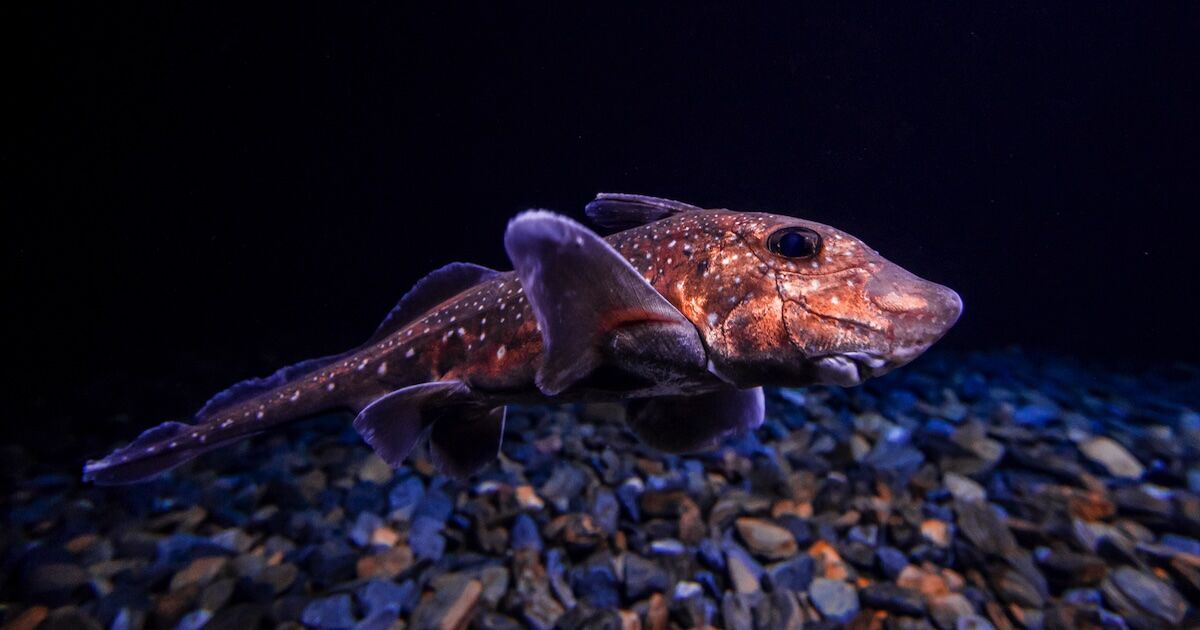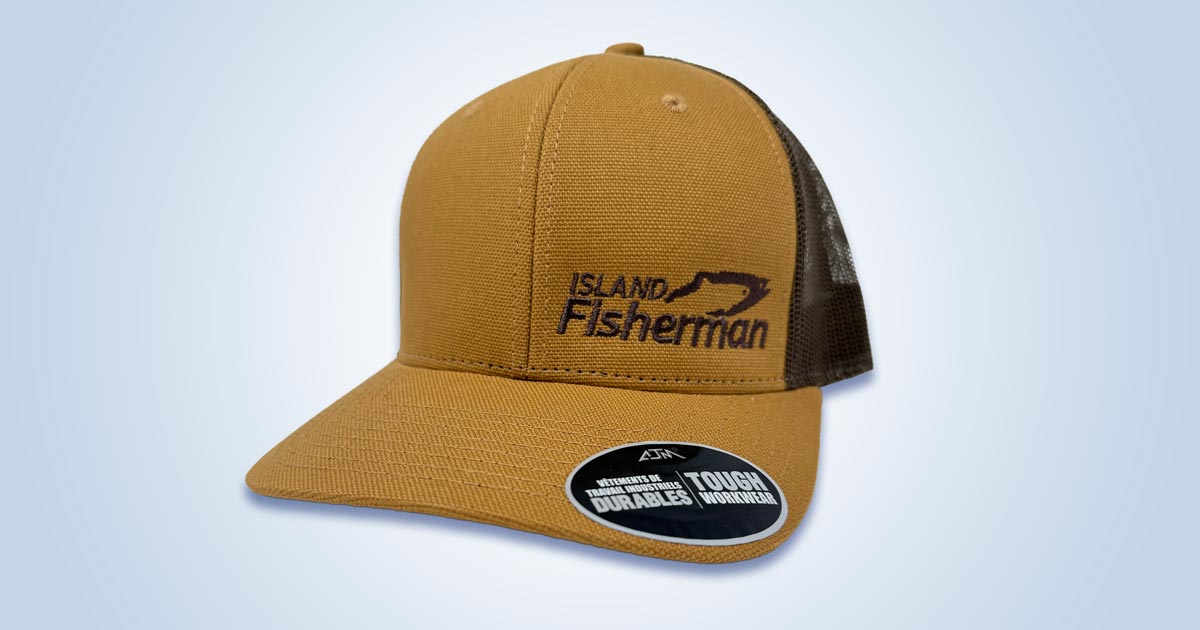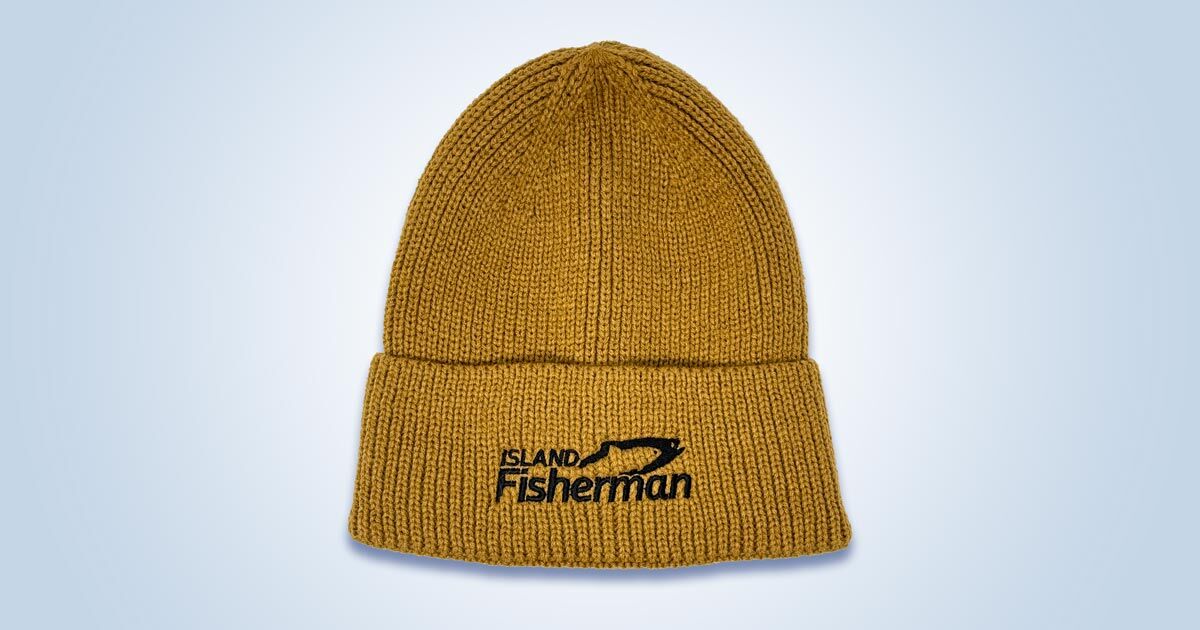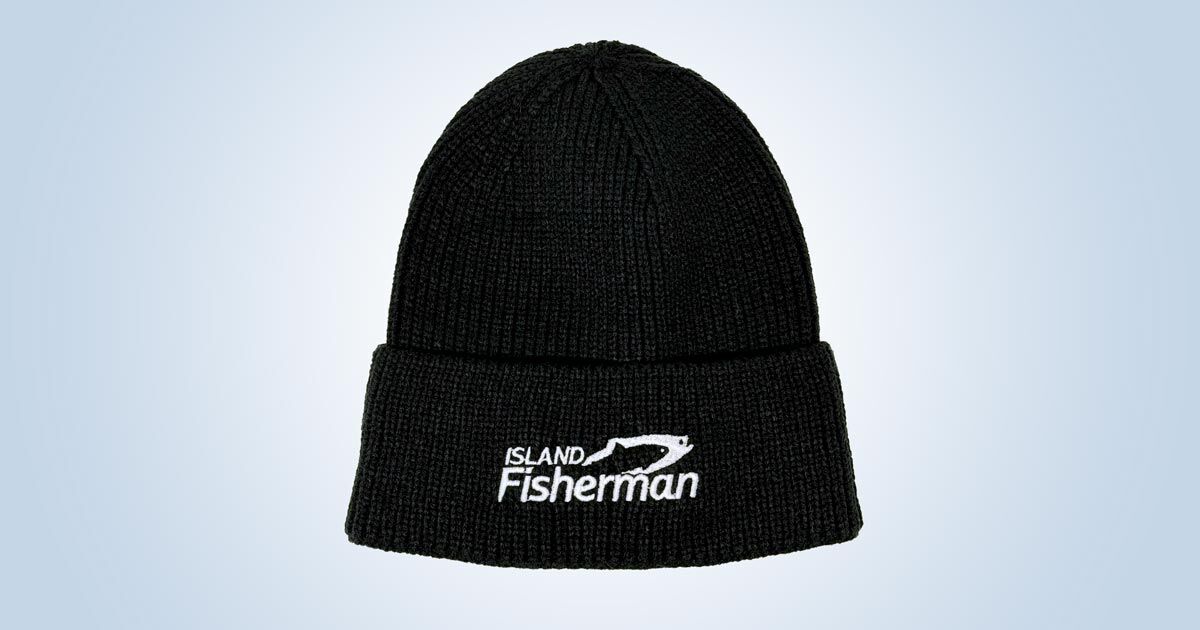
Photo: shutterstock_550091398
LATIN NAME: Hydrolagus colliei
CLASS: Chondrichthyes
GENUS: Hydrolagus
FAMILY: Chimaeridae
DOMAIN: Eukaryota
What Do They Look Like?
Imagine casting your line into the deep waters off Vancouver Island, anticipating the catch of a lifetime. As your reel whirs and you feel a tug, a sleek-bodied creature from the depths emerges into view—its scaleless skin shimmering and its tail pointed and rat-like. Meet the spotted ratfish, an elusive creature that intrigues both seasoned anglers and marine enthusiasts alike.
The ratfish has large, reflective green eyes, similar to those of a cat, to help it see in the depths of the ocean. Its face has a large, snub-like nose and plate-like teeth, which contribute to its somewhat rabbit- or rat-like appearance. Males can grow up to 60 cm (23.6″), while females can grow up to 97 cm (38″). Its long, tapered body comprises only about half of its total length, and the tail makes up the rest of it. The spotted ratfish’s colouring ranges from a silvery-bronze hue to golden green, with darker brown backgrounds. They have distinctive speckled white spots along their backs, with dark edges at the caudal and dorsal fins. Their pectoral fins extend outward, reminding us of airplane wings.
Look out! One of its most distinctive features is the venomous spine on its dorsal fin, which is capable of inflicting a painful wound.
Where Do They Live?
The spotted ratfish can be found in the northeastern Pacific Ocean, all the way from Alaska to Baja California, including the waters around Vancouver Island. Though typically found at depths of 1,000′ to 2,000′, the spotted ratfish may be encountered at shallower depths, especially when food is scarce. Anglers targeting halibut at depths around 60′ to 100′ might unexpectedly catch a ratfish, as these elusive creatures sometimes venture into shallower waters in search of food or during seasonal changes.
How Do They Move?
Since the ratfish has such a thin, whip- like tail that can’t provide much force, its propulsion comes from its pectoral fins. It is a graceful swimmer, using its broad, wing-like pectoral fins to glide, perform barrel rolls, and perform corkscrew turns through the water; it almost looks like it is flying underwater! The fish’s large liver aids in its buoyancy, allowing it to hover in the water before gliding off. Their elegance is often compared to rays and skates.
How Do They Reproduce and Grow?
Spotted ratfish mature slowly and typically begin reproducing between 15 and 20 years old. They are oviparous, meaning fertilization occurs internally, and then females lay eggs. During the autumn and spring mating seasons, a female will periodically release pairs of fertilized, spoon-shaped, leathery egg cases into muddy areas of the ocean floor every 10 to 14 days.
The eggs have a long incubation period of about 12 months, and the newborn ratfish emerge from these cases at approximately 14 cm (5.5″) in length, relatively mature, and resembling miniature versions of adult ratfish. Over their first year, they grow rapidly, reaching lengths of up to 30 cm (1′).
What Do They Eat?
The ratfish has a diverse diet, munching on crabs, sea stars, clams, and other mollusks. Thanks to its plate-like teeth, it can easily grind the shells of its prey. While they’re particularly fond of crunchy foods, they also eat shrimp, sea worms, and small fish. They are also known to be cannibals, sometimes eating the egg cases as well as other ratfish.
These creatures glide slowly above the ocean floor in search of food, relying on electroreception (like their relative, the shark) and their sense of smell to locate prey. They are nocturnal hunters, moving to shallower waters at night to feed.
Why are They Important?
Although not a commonly encountered fish, the spotted ratfish plays an important role in the marine ecosystem. The ratfish prey on small invertebrates, which helps control those populations. If these prey populations were to explode, it could disrupt the food chain and lead to ecological imbalances. Human activities like bottom trawling and pollution can have a negative impact on the spotted ratfish population. These fish are often caught as bycatch in commercial fishing operations and discarded.
The next time you visit the waters around Vancouver Island, keep an eye out for the spotted ratfish. With its unique features and graceful movements, it is just one of the many creatures that highlight the rich biodiversity of the waters in this region.
Visit the Store
$34.99
$34.99
Featured Catch
Joel Unickow halibut (Photo: Rob Frawley Lucky Strike Sportfishing Tofino)




